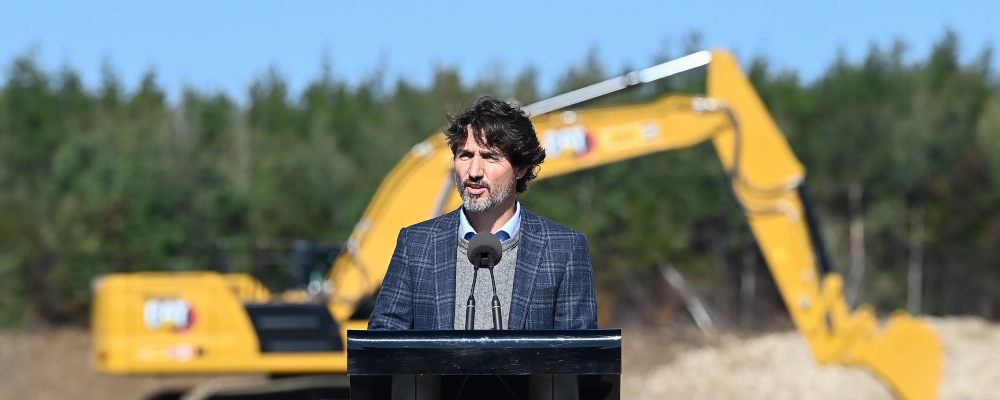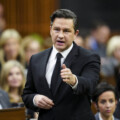There’s a lot of hand-wringing going on in Canada these days as we try to figure out how our productivity, economic growth, and per capita GDP have sunk so badly. If you’re looking for a smoking gun, look no further than the precipitous decline in investment in Canada’s resource sector.
Canada’s resource and energy sector suffered two hits in 2015. One was the global commodity bust. The other was the election of the Trudeau Liberal government, which was intent on transforming the Canadian economy from its rollercoaster dependence on global commodity prices to one built on a more resilient and scalable knowledge economy. As Prime Minister Justin Trudeau articulated to his audience at the World Economic Forum in 2016, “My predecessor wanted you to know Canada for its resources. Well, I want you to know Canadians for our resourcefulness.”
Paired with this thinking has been a series of punishing policies and regulations that stymied growth and investment in energy and resources. Amongst those on what has become a very long list are: the Impact Assessment Act, the oil tanker moratorium, the moratorium on offshore Arctic oil and gas licensing, industrial carbon pricing, the UNDRIP Action Plan, rejection of the Northern Gateway pipeline, methane regulations, Clean Fuel Regulations, the proposed Clean Electricity Standard, and now the proposed emissions cap and cut of 35 to 38 percent from 2019 levels for the oil and gas sector only—right as the TMX and Coastal Gas Link pipelines are set to come online and are finally providing the ability to expand production to meet demand outside of the shale-soaked United States energy market.
Although Trudeau said in March 2024 that market mechanisms, like a carbon price, are better for lowering greenhouse gas emissions than the “heavy hand of government” through measures like regulations and subsidies, his government has gone all-in on both. And while there is certainly a case to be made around the relative merits of the carbon tax as the most efficient, transparent climate policy, the Canadian oil and gas sector benefits from no such thing. It now faces three layers of carbon pricing: provincial high emitters carbon pricing (e.g. TIER in Alberta), a federal carbon tax, and soon a cap-and-trade system via the emissions cap; hardly a light hand.
The Liberals have found it easier to pass legislation that hampers resource and energy development than those that support it; of the six proposed Investment Tax Credits (carbon capture utilisation and storage, clean hydrogen, clean technology, clean technology manufacturing, clean electricity, and most recently EV supply chain) designed to advance the energy transition and compete with the U.S. Inflation Reduction Act, none have been passed into legislation at time of publication. Canada has become good at implementing policies that deter investment, but not those that attract it.
Business leaders are saying as much. In a 2023 survey of North American energy sector executives by the Fraser Institute, 68 percent of respondents were deterred by the uncertainty concerning environmental regulations in Canada compared to 41 percent in the United States, which performed better in 13 out of 16 policy factors. In a 2024 survey of Canadian mining executives by KPMG, 98 percent said their companies require more investment, government commitment, and favourable tax policies to support their growth in critical minerals development. In a 2024 survey of Canadian transportation executives, 56 percent expressed dissatisfaction with our regulatory framework, deeming it restrictive, slow, and suffering from both lack of action and hasty decisions that lead to unintended costs. This year, positive sentiments on Canada’s overall business environment hit its lowest level—20 percent—since that survey’s inception in 2017.
The result of all these policy and regulatory burdens, tied with a weak commodities market, has been predictable: a precipitous fall in investment in energy and resource projects in Canada since 2015.
If Canadians have failed to appreciate the scale of the decline, it’s at least partly due to the fact that the absence of something—the project that never gets approval, or the investor that walks away—is a hard thing to quantify. But there is a way to assess the damage. Natural Resources Canada maintains an annual inventory of major projects that are under construction or planned within the next ten years. The data show a sector in a death spiral.
At its peak in 2015, the inventory held $711 billion in major projects. By 2023 it had dropped to $572 billion. That’s in real dollars. If Canada had retained 2015 levels of planned investment and kept pace with inflation, the figure today would be $886 billion. And if it had also kept pace with population growth—i.e. if the planned investment in major projects had kept pace on a per capita basis—the figure would be $985 billion.
The declines are occurring across the board. Oil and gas, predictably, has faced the greatest absolute decline in the major projects inventory, dropping from 155 major projects worth $456 billion in 2015, to 87 projects worth $319 billion in 2023 (equivalent to $259 billion in 2015 dollars)—a 43 percent drop in value. But it’s even worse elsewhere.
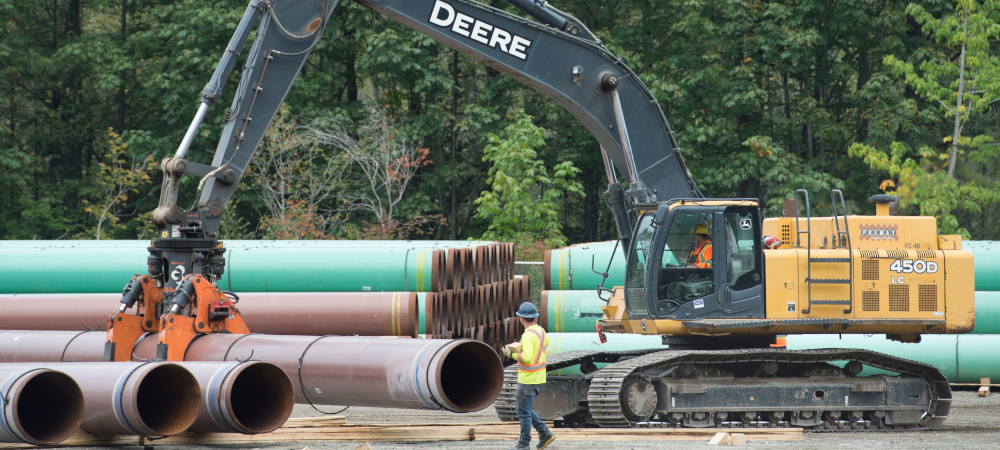
Despite the need to electrify significantly more energy use to meet net-zero goals, the electricity sector declined from 223 projects worth $156 billion in 2014, to 182 projects worth $98.9 billion in 2023 (equivalent to $78.9 billion in 2014 dollars)—a 49 percent drop in value.
And despite the need for far more minerals to provide the raw materials for electricity, renewables, and electric vehicles, as well as the ability to process them domestically, the mining sector fell from 150 projects worth $166 billion in 2014, to 129 projects worth $93.6 billion in 2023 (equivalent to $75.2 billion in 2014 dollars)—a 55 percent drop in value.
These statistics reflect projects that are planned and under construction, but many will never reach a Final Investment Decision (FID). It’s worth noting that the number of projects that were actually completed between 2015 (88 projects) and 2023 (56 projects) declined by 36.4 percent.
An inability to attract investment in major projects ultimately leads to plateaus or declines in production. Electricity generation in Canada in 2023 hit its lowest levels since 2016, at 615.3 million MWh, despite the policy imperative to electrify more heating and transportation energy use as a strategy to reduce emissions. The challenge was exacerbated by drought, which greatly impacted hydroelectricity generation.
Mining has suffered even greater production losses than electricity, despite the acknowledged need for Canada, as the world’s second-largest country and a key NATO ally, to ramp up critical minerals production in order to reduce Chinese dominance in global mineral production, processing, and clean technology manufacturing.
Far from being a leading mining nation, Canada now ranks just 8th globally in mineral production by volume. Between 2018–2022, Canadian critical minerals production atrophied, with nickel, cobalt, lithium, uranium, zinc, lead, and platinum all posting double-digit declines.
Our economic numbers are not good, but the decline is not inexorable. Canada has all the tools to escape our current downward trajectory, starting with our incredible endowment of natural resources. We are blessed with world-class reserves of oil, natural gas, and uranium, and possess economic deposits of practically all critical minerals. These can further support world-class sectors in EV manufacturing, nuclear energy development, low-carbon fuels, and petrochemicals.
Just as we entered a commodities downcycle in 2015, we are now entering a protracted bull market. Let us take advantage of it by supporting our resource and energy sector with good, common sense policy. If we do, it can provide an incredible foundation for growth, productivity, security, and prosperity for all Canadians.
A full version of this commentary was published by the Macdonald-Laurier Institute on April 29, 2024.
Recommended for You
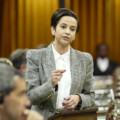
Kelden Formosa: The rise of Canada’s gay conservatives

Alicia Planincic: Be warned, Canada—this recession indicator is blinking bright red

Paul W. Bennett: Our kids need a social media detox—what Canada can learn from France’s school cellphone ban
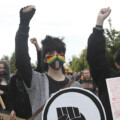
Christopher Dummitt: Four ways Pierre Poilievre and the Conservatives can fight woke ideology

